Daeyasan Mountain (대야산)
16.4Km 2024-02-22
Gaeun-eup, Mungyeong-si, Gyeongsangbuk-do
Daeyasan Mountain is a stunning peak standing at an elevation of 931 meters within the confines of Songnisan National Park. It boasts picturesque valleys, including Seonyudonggyegok Valley and Yongchugyegok Valley. Among the notable attractions within Yongchugyegok Valley is the Yongchupokpo Falls, characterized by its three-tiered cascades, with a unique heart-shaped pool formed amidst the milky-white granite. After a 20-minute ascent from Yongchu, visitors can experience the breathtaking sight of moonlight reflecting off the rocks and the valley, known as Woryeongdae.
Museum of Old Roads (옛길박물관)
16.5Km 2023-07-28
944, Saejae-ro, Mungyeong-si, Gyeongsangbuk-do
+82-54-550-8372
The Museum of Old Roads offers the history of traditional roads and routes in Korea. In the past, Mungyeongsaejae was a transportation hub for the people of Korea, particularly during the Joseon Period. Mungyeongsaejae is home to Haneuljae (one of the oldest roads in Korea, first established in 156 AD), Tokkibiri (a famous trade route), and Yugok Station (a transport hub in the Yeongnam area).
Even though the importance of the roads as travel routes has diminished over time, they continue to increase in cultural significance, conveying the area’s rich traditional heritage to visitors. The Museum of Old Roads was opened in 2009 after having been remodeled from the Mungyeongsaejae Museum, which mainly dealt with local history.
STX Resort (STX리조트)
16.5Km 2025-03-16
509, Cheonghwa-ro, Mungyeong-si, Gyeongsangbuk-do
+82-54-460-5000
STX Resort located near Ssangyonggyegok Valley in Mungyeong. The resort is well suited to guests looking to visit nearby attractions such as Songnisan National Park, Cheonghwasan, Yeonyeopsan, and Dojangsan Mountains, or simply looking to relax in nature. The resort is designed with a luxurious European style and features a variety of amenities, including a hot spring spa, live performance cafe, and both Korean and Western dining options.
Hoeryongpo Village (회룡포)
16.6Km 2021-02-18
92-16, Hoeryong-gil, Yecheon-gun, Gyeongsangbuk-do
+82-54-653-6696
Hoeryongpo Village is surrounded by the winding Naeseongcheon Stream, a tributary of the Nakdonggang River. The course of the stream has almost turned the entire village into an island. The best views of the scenic nature can be seen from Jangansa Temple.
Hoeryongpo Village is jar-shaped, surrounded by the river, and has pristine waters and white sandy shores. The shore gives way to trees, and there is a well-developed farm further inland. There used to be almost 20 households in this village, but now only 9 households remain. It takes less than an hour to tour the entire village.
Daeyasan Yongchugyegok Valley (대야산 용추계곡)
16.9Km 2021-02-16
Gaeun-eup, Mungyeong-si, Gyeongsangbuk-do
+82-54-550-6414
Yongchugyegok Valley is considered the most majestic among the eight scenic views of Mungyeong. The valley is locating along the rocky foothills of Daeyasan Mountain, bordering Goesan-gun, Chungcheongbuk-do. According to legends, this valley was where two dragons soared into the heavens and their traces still remain on the two huge granite rocks. The valley is also known to have a pool of water that never dries up, and people of the past would come here to pray for rain at times of drought.
Mungyeong Seonyudonggyegok Valley (선유동계곡(문경))
17.2Km 2025-10-23
Wanjang-ri, Mungyeong-si, Gyeongsangbuk-do
+82-54-550-6392
Seonyudonggyegok Valley in Mungyeong is longer and more beautiful than the valley of the same name in Goesan. Daeyasan Mountain (931 meters) runs across both valleys, which are 10 kilometers apart from each other. The valley is relatively untouched as it is not yet well known to the public. At the beginning and the end of the trail are Hakcheonjeong and Chirujeong Pavilions, respectively. Both sides of the valley are lined with thick forests of ancient pine trees. A number of stone carvings can be found in the forest, and the most famous one reads “Seonyugyegok.” It was written by Choi Chi-won, a leading scholar of the Silla kingdom.
Sangju Woosan Auto Campground (상주우산오토캠핑장)
17.9Km 2025-10-27
752 Chaereungsan-ro, Oeseo-myeon, Sangju-si, Gyeongsangbuk-do
As you drive along the quiet country roads away from Sangju, you'll come across a camping site that beautifully preserves the nostalgic atmosphere of an old school. Woosan Camping, a campground remodeled from an elementary school, was also the filming location for a scene in the drama “Castaway Diva,” where Mok-ha (Park Eun-bin) enjoyed camping with Bo-geol (Chae Jong-hyeop) and his family. The cozy schoolyard is equipped with various convenient amenities, such as a convenience store and shower facilities, and there are plenty of fun activities for children, like a sandbox and swings, making it a perfect spot for a family getaway.
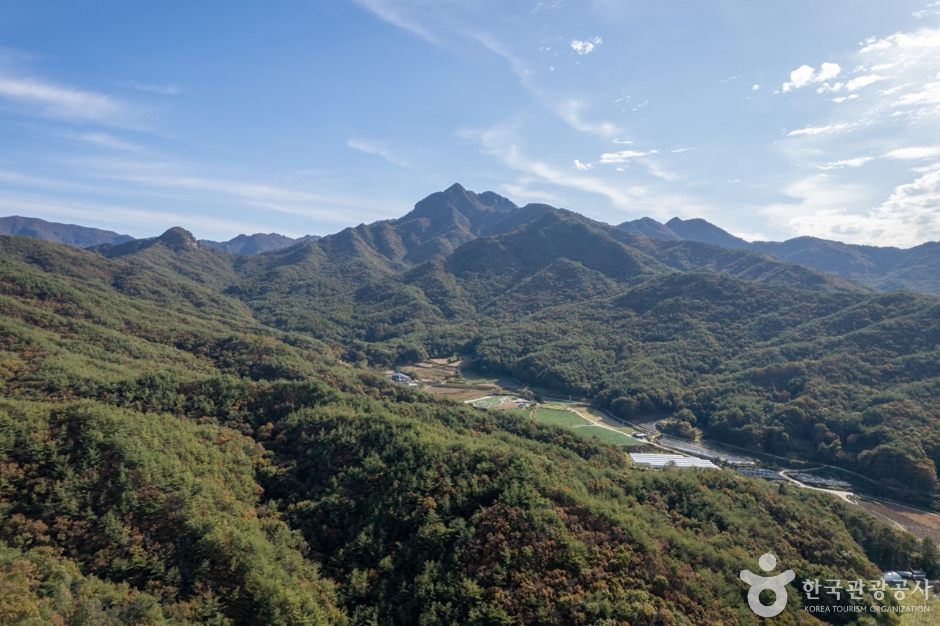
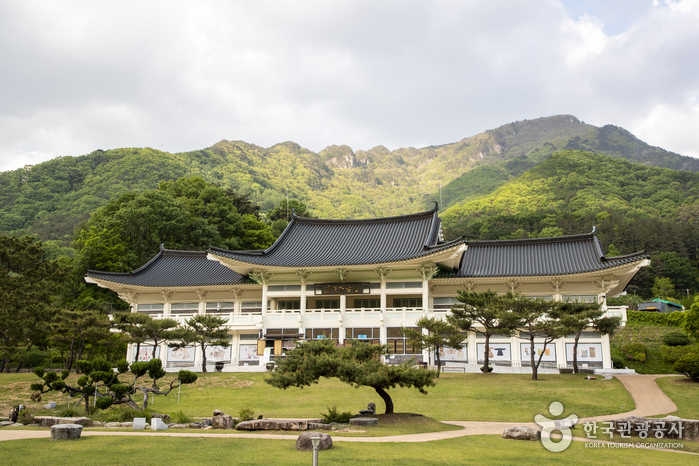
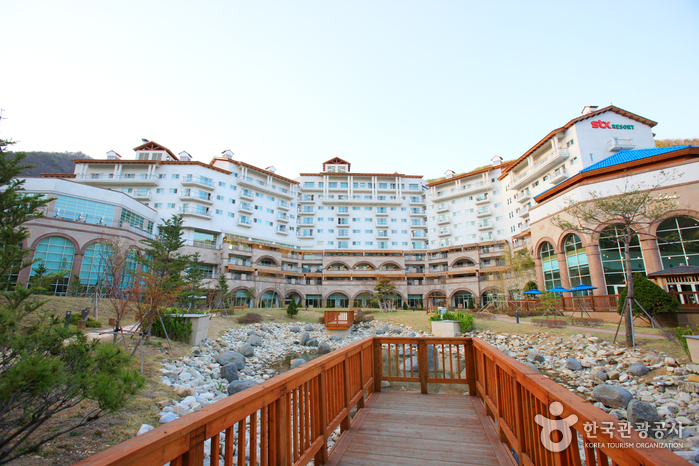
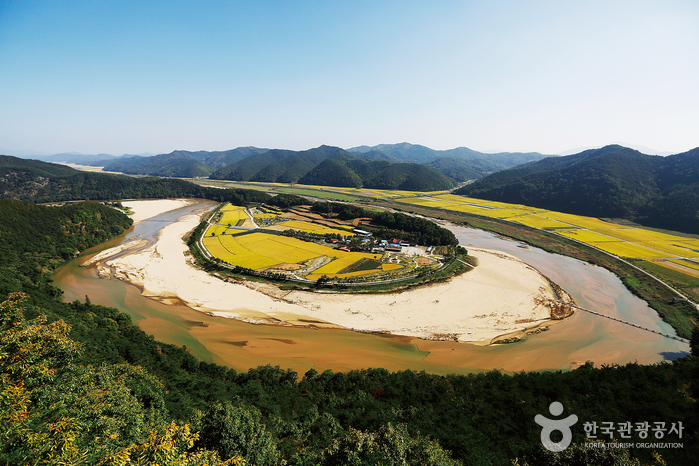
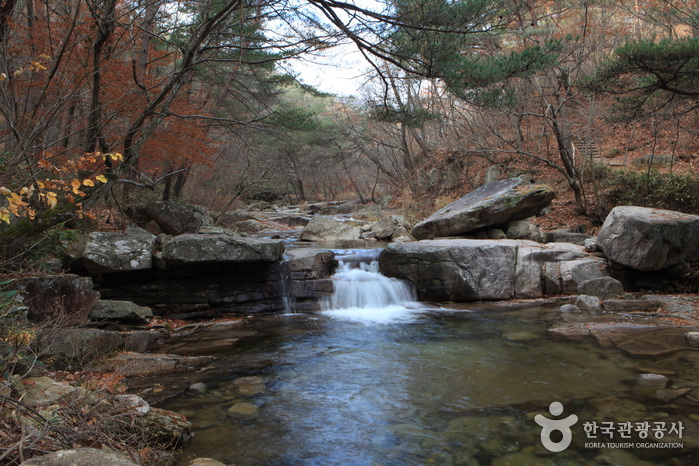
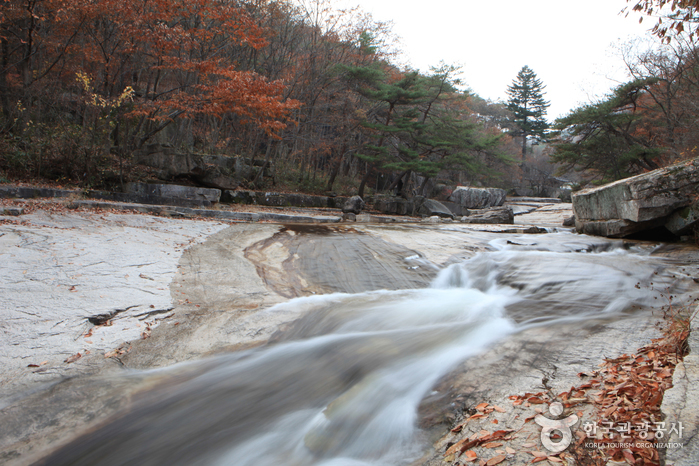
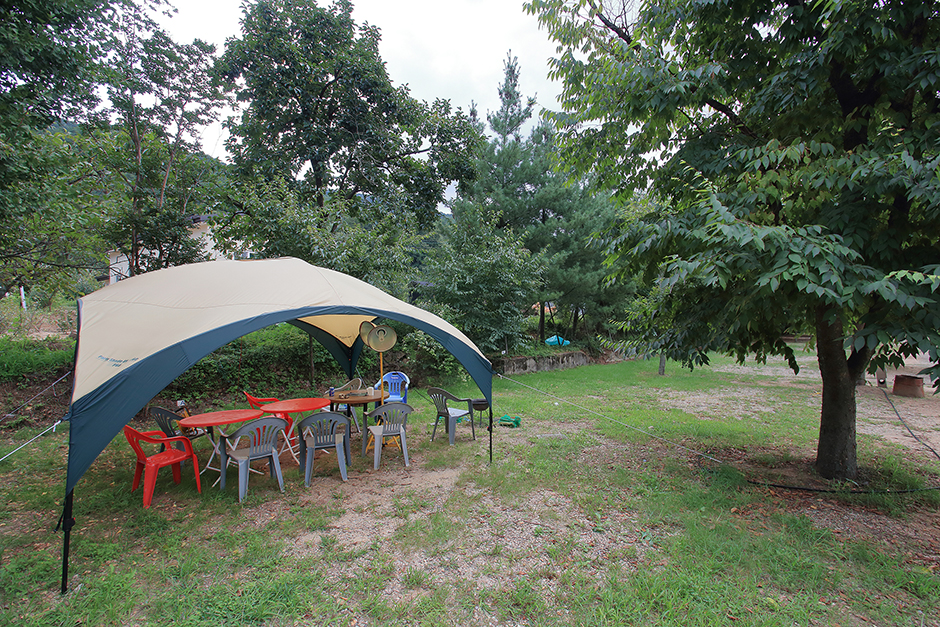
 English
English
 한국어
한국어 日本語
日本語 中文(简体)
中文(简体) Deutsch
Deutsch Français
Français Español
Español Русский
Русский